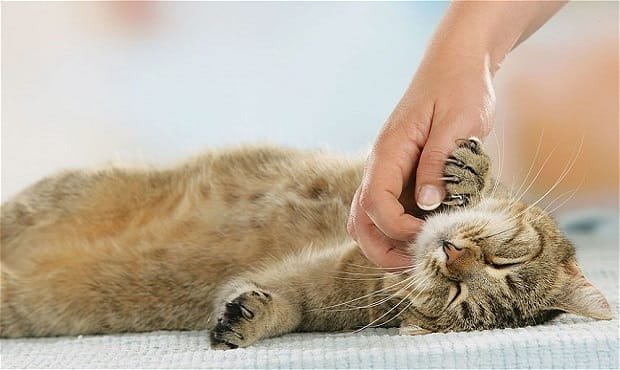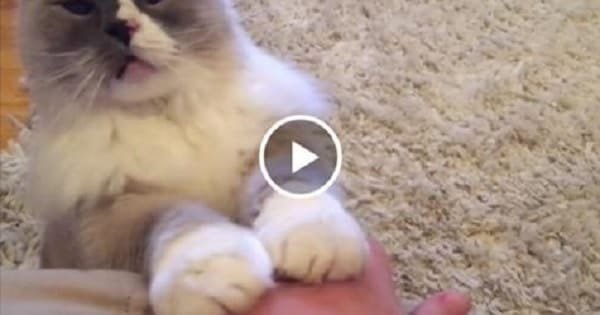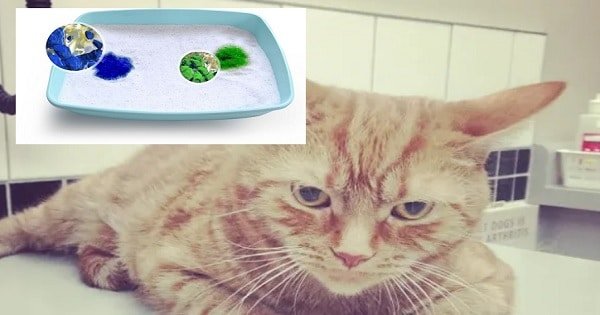A five year project to find out what cats are saying to their owners has recently been launched by a Swedish University.
By 2021, phonetics experts at Lund University hope to crack the feline code and be able to translate a whole range of ‘meowings’, ‘mewings,’ and ‘purrings.’
In the wild cats seem to stop meowing once they reach adulthood as they no longer have to gain the attention of their mothers for milk or comfort.
But since their domestication around 10,000 years ago, pet cats have learned to communicate with humans by using vocal and visual signals when they want food or affection, and continue making sounds throughout their lives.
To work out what the various sounds mean, the team will be recording up to about 50 cats in different locations to see how their mood affects their meowing when they are content, friendly, happy, hungry, annoyed or even angry – and then try to identify any differences in their phonetic patterns.
“It seems that cats can vary the intonation or melody consciously, perhaps to convey a certain message or increase the urgency of a message or to convey emotion,” said lead researcher Susanne Schötz, a reader in phonetics.
“I have found with my cats they have a different sound in their melody when they are sad compared to when they are happy.”
The team at Lund is hoping to not only translate what cats are saying, but help the owners of cats communicate better with their pets. Researchers will be monitoring how humans speak to their kitties to find out which are the most successful.
“For example, we want to know if cats prefer pet–directed speech or prefer to be spoken to like human adults,” added Dr Schotz.
“We still have much to learn about how cats perceive human speech. We will be doing some listening tests to see which they prefer. Do they prefer children’s voices to adults? We don’t know.”
Last year Dr Sharon Crowell-Davis, a professor of veterinary behavior at the University of Georgia, claims to have cracked the code of cat language.
She claimed that purring, far from indicating contentedness, was actually a plea from the animal which is saying ‘don’t go anywhere please’ and was often used when the cat was ill.
Likewise, when cats rub up against your legs they are giving you the feline version of a hug, indicating you are part of their group, and welcoming you home. It is the cat way of saying ‘ you’re back, I missed you.’
Researchers in the new study are also now working with a Linkoping University to see if cats in Lund and Stockholm have different accents and dialects.
Dr Schotz added: “We want to find out to what extent domestic cats are influenced by the language and dialect that humans use to speak to them, because it seems that cats use slightly different dialects in the sounds they produce.”
We here at The Best Cat Page would like to offer our opinion as to why kittens meow to their birth moms and then later only to humans. All cats seem to know that certain things like food, water and affection, or anything a cat could want or need, can easily be obtained by meowing to the birth-mom or to the closest thing to a birth-mom … and in the minds of cats – that would be us humans.
We rest our case.










